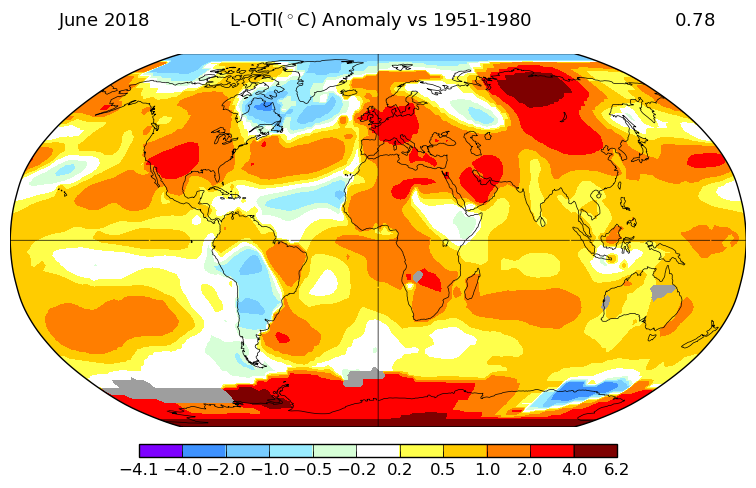
Climate tipping points
Two weeks of UN climate conference is just getting underway in Madrid and a group of eminent climate scientists have just sounded a very scary alarm. They have looked at the risk of reaching tipping points in the Earth’s climate system. They conclude we are already very close to some and it may even be too late.
So far, the climate has been changing in a slow and reasonably predictable fashion. We put more climate change gases into the atmosphere, more of the Sun’s heat is trapped and the temperature of the planet increases. This leads to stronger storms, more floods and new droughts, as well as record low levels of ice at the poles.
We can sort of predict what the future might look like because x more greenhouse gases leads to y more temperature rise, leads to z more dangerous impacts around the world. This is how we know that a temperature rise of 2°C will be enough to wipe out all the planet’s coral reefs and create extreme heatwaves many times more often than today. And we know that the 4°C or so we are actually heading for will be catastrophic.
But this predictable relationship between our climate emissions and the changes that result breaks down if really big things change suddenly. If all the Arctic permafrost starts melting at a rapid rate it will release lots of trapped methane, a strong greenhouse gas which will accelerate the warming of the planet. If the Arctic sea ice disappears completely the dark open ocean at the North Pole will absorb more heat from the Sun instead of having ice there reflecting it, again leading to accelerated warming; right now there is less ice at the North Pole than the same time in the record low winter of 2012/13. These are among the known tipping points of the global climate system. Scientists first raised them with politicians 20 years ago.
The scientists’ paper looks at nine of these tipping points including the loss of polar ice, dieback of the Amazon rainforest and the death of coral reefs. It also looks at changes to the ocean current that keep north-west Europe much warmer than it would otherwise be; this current has been slowing down since the 1950s.
Some of these tipping points interact with each other. For example, the changing Atlantic ocean currents could drive drought in western Africa, dry out the Amazon and accelerate the melting of Antarctic icesheets. And of course these are only the tipping points we know are possible, there may be other nasty climate surprises that no-one has thought of.
They conclude that we may already have run out of time on some of these tipping points but even if we have some years before it is too late, it is likely to take 30 years to reduce climate emissions to zero. That’s 30 years of things getting worse before we even stabilise our fragile planet’s atmosphere, let alone start to repair it.
Their grim final conclusion is that if we act quickly the best we may find is that we did not stop all of the tipping points happening but we slowed down how fast they happened, giving ourselves a bit more time to adapt.
Every time a new major climate report comes out it concludes that things are already worse than we thought and the chance of catastrophic change is even higher. Politicians need to act immediately on this planetary emergency or the next report might be the one which spells out how it really has become too late.
Dr Richard Dixon is Director of Friends of the Earth Scotland. A version of this article appeared in The Scotsman on Tuesday 3rd December 2019.
Join the Climate Talks Webinar
Join us for a special online webinar from the United Nations climate talks in Madrid on Tuesday 10 December from 6.30-8pm.
Our Head of Campaigns Mary Church be discussing how the negotiations are going, the last minute switch of venue from Chile to Spain and looking ahead to the Glasgow talks in 2020. Join the webinar’s Facebook event:
